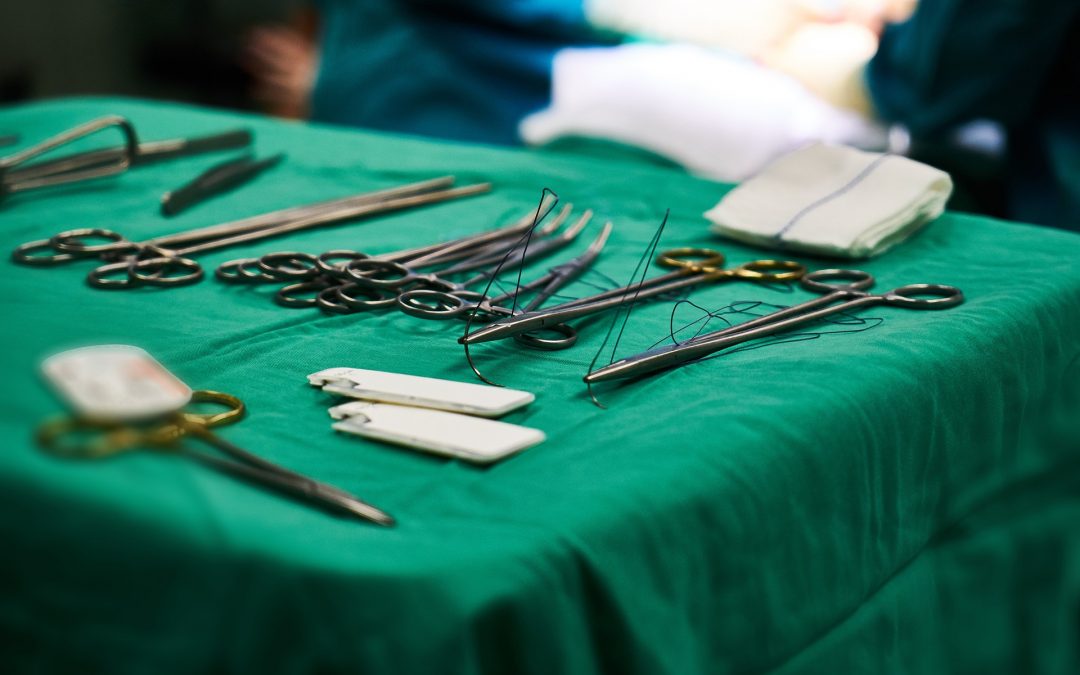Although it is never a best case scenario, the realities of children’s health often rely on pediatric surgery to treat both acute and persistent conditions. The good news is that rapid advances in medical technology have made most pediatric surgeries more routine and low-risk than ever before. Here are a few of the most common pediatric surgeries.
APPENDECTOMY: This operation is 20% of the volume of my practice. As he most common emergency pediatric surgery, an appendectomy is necessary when the appendix swells and possibly ruptures. It can be caused by a blockage of the appendix by a small, hard, piece of poop called a “fecalith” or by swelling of tissue related to a minor infection.
HERNIA SURGERY: This is probably the most common elective operation we do. A hernia is an opening in the abdominal wall. The most common spots are the belly button, or umbilicus, and in the groin. The groin hernias should have surgery to prevent them from growing or having intestines get stuck in them. Most umbilical hernias get better on their own, but if they have not resolved by age 5, I usually recommend repair. They can run in families.
SKIN AND SOFT TISSUE: Probably one of the most frequent things I see in the office is a child with a strange bump. Most of these don’t require surgery, but I remove some of them for comfort, diagnosis, or for cosmetic reasons. Patient’s frequently come to me for circumcisions, extra fingers, keloids as well. Pilonidal disease is a big problem in South Florida. This soft tissue problem is quite disabling and I’m proud that I’ve helped many young people recover from this condition.
VASCULAR ACCESS: Children frequently need access to their large blood vessels. Leukemia is the most common childhood cancer. Brain tumors are the second most common. Solid organ tumors are less common. Most of these patients will need vascular access to get chemotherapy. I also will provide vascular access for dialysis and for ECMO, a special type of pulmonary bypass that can keep critically ill children alive when their lungs aren’t working.
CONGENITAL DEFECTS: As a pediatric surgeon, I find these the most interesting. The range of congenital defects requiring surgery for treatment is large and varied. Some of the most common defects that impede a child’s ability to live a healthy life include deformities in the kidneys, heart, or lungs. there are various congenital abnormalities that may affect the ability of a child to thrive. Although surgery can treat the most acute cases of congenital defects, long-term medicine may be needed in conjunction with procedures to continue treating the condition.
